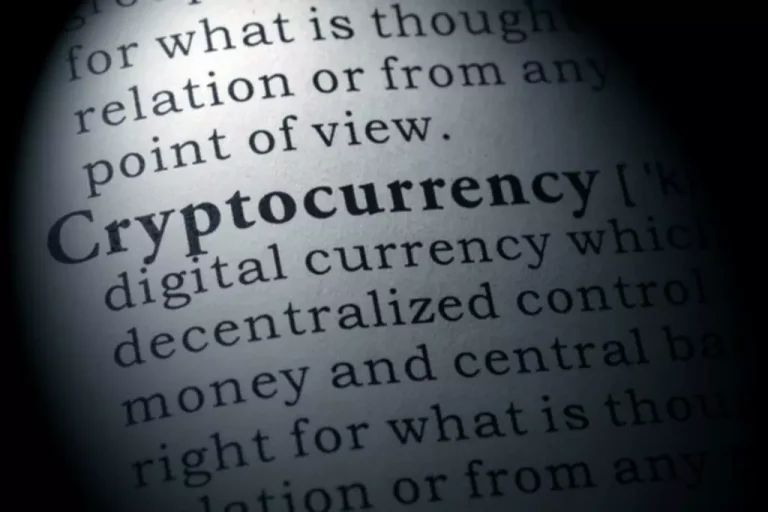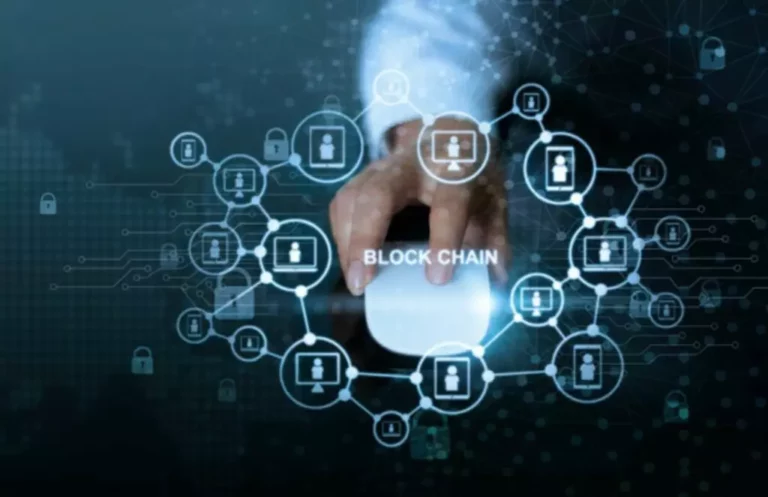With DMA, the CPU first initiates the transfer, then performs different operations while the switch is in progress, and eventually whats dma receives an interrupt from the DMA controller (DMAC) when the operation is complete. The above two modes of knowledge transfer usually are not helpful for transferring a large block of knowledge. But, the DMA controller completes this task at a faster fee and can be effective for switch of enormous knowledge block.
The direct Memory Access Controller is a management unit, which has the work of transferring knowledge. In this process, a DMA-capable system takes management of the system bus to manage knowledge transfers independently from the CPU. The DMA controller coordinates with other gadgets on the bus for environment friendly information motion, making certain easy communication move inside the system. Peripheral to reminiscence transfers are frequent in coping with peripherals that work with blocks of data, corresponding to video camera interfaces and SD card controllers.
By doing so, DMA slashes latency, boosts throughput, and empowers multitasking prowess in servers, community gear, and storage methods. Without DMA, your CPU can be caught in site visitors gridlock, slowing operations and hindering general system responsiveness. In essence, DMA is the key sauce that retains the IT infrastructure humming along easily and effectively.
It is particularly useful when real-time processing and high-speed information switch are essential. By utilizing DMA, devices like community playing cards, graphics playing cards, device drivers, and storage controllers can directly access memory locations without constant intervention from the processor. This streamlined course of accelerates information movement and reduces latency in information trade within the system. Since the SPE’s load/store directions can read/write only its own native reminiscence, an SPE entirely is dependent upon DMAs to switch knowledge to and from the main memory and local recollections of other SPEs.
The CPU then handles the interrupt, performing any necessary post-transfer processing. Additionally, we examined one other variant of DMA called RDMA (remote direct memory access), which could be useful for example at the knowledge middle. However, DMA has its demerits similar to constructing cost and potential issues associated to cache.
The unit that controls the activity of accessing reminiscence directly is identified as a DMA controller. Block transfer DMA includes https://www.xcritical.com/ transferring a block of data in a single, uninterrupted operation. This method is beneficial for applications requiring massive, steady information transfers, such as disk I/O and video streaming. Remote Direct Memory Access (RDMA) is another memory entry method that enables two networked computers to exchange information in primary reminiscence with out relying on the CPU, cache or the working system of either computer. Like domestically primarily based DMA transactions, RDMA frees up assets and improves throughput and efficiency. This ends in faster data transfer charges and lower latency between RDMA-enabled systems.
- In less complicated phrases, DMA acts as a visitors controller for knowledge transferring in and out of memory.
- Distributed techniques sometimes make the most of them, notably in conditions involving high performance computing and networks that demand very low latency and throughput.
- DMA improves system efficiency by enabling knowledge transfers immediately between reminiscence and peripherals, lowering CPU intervention and freeing up processing assets for other tasks.
- In this mode, the data strikes alongside a single path without having bidirectional communication.
- This supplies a way for the peripherals to have direct access to the system memory with out involving the CPU.
In Interrupt pushed I/O, every time the device is ready for data transfer, then it raises an interrupt to processor. Processor completes executing its ongoing instruction and saves its present state. Here, the processor doesn’t keep scanning for peripherals prepared for data transfer.
The DMA controller takes over and manages the data switch course of independently. RDMA is useful in applications that require quick and big parallel high-performance computing clusters and information center networks. For example, RDMA is useful when analyzing massive data, in supercomputing environments and for machine studying that requires low latencies and high switch rates. As we have explained, DMA is a technology that enhances data switch effectivity in pc methods. One key characteristic of single-ended DMA is that it entails just one channel for communication between the peripheral system and reminiscence. This simple method makes it simpler to implement and understand than different forms of DMA configurations.
Dma Controllers
DMA is a technique of transferring data between a pc’s system memory and another hardware component that doesn’t require the CPU to course of the info. It makes use of the CPU only to provoke a data switch; after that, the other element can communicate with the system RAM immediately without any additional involvement from the CPU. DMA reduces the overhead concerned in data transfers, freeing up the CPU to proceed processing different operations as an alternative. Lastly, Direct Memory Access (DMA) acts as a site visitors officer on your computer’s information. It relieves the primary processor thus making it simpler for devices similar to exhausting drives and graphics cards to speak with the memory of computers.

With regards to this, peripheral element interconnect has the power of utilizing a bus master the place the CPU gives orders on I/O management to the PCI controller. When a quantity of gadgets must access the reminiscence concurrently, the DMA controller arbitrates between these requests to make sure environment friendly utilization of the system’s resources. By adhering to these ideas, DMA facilitates efficient and reliable information switch between devices and reminiscence, contributing to general system efficiency and responsiveness.
Reader Interactions

Graphics cards utilize DMA to switch large quantities of data between the GPU and system memory, enabling high-performance rendering and gaming experiences. Distributed techniques sometimes make the most of them, significantly in situations involving excessive performance computing and networks that demand very low latency and throughput. It is usually employed within connections the place it facilitates rapid switch of data at a tempo between system reminiscence and peripheral, for instance on networks and in circumstances of storing devices. Instead, such transfers function because of the interaction between the community adapters. The pc then informs the DMA controller on which handle to switch information from, how a lot information, and the place to store it. This perform is performed by the DMA controller, who, in fact does it quicker and effectively Decentralized autonomous organization, particularly for bigger blocks.
Instead of DMA, we now have the Ultra DMA delivering as much as a transfer price of 33 MBps. Hard disks with ultra DMA/33 function in PIO-1, PIO-3, PIO-4, and multiword DMA-2 mode at sixteen.eight MBs. DMA is beneficial in some of the areas like audio processing , video processing and Disk I/O. 8237 DMA Controller is a type of DMA Controller which has a versatile number of channels however typically works on 4 Input-Output channels. In these present channels, the channel must be given the very best precedence to be decided by the Priority Encoder. AltStore claims the approval of the Hot Tub app is the first to undergo the Notarization course of to be approved for distribution on the iPhone.
There would be no polling concerned and just one interrupt generated when the total knowledge set is ready. In my previous publish, I discussed the problems of over-run errors in working with receiving knowledge from UARTs. The capabilities of the DMA controller are dependant on how your chip producer designed it. They usually help reminiscence to reminiscence, and bidirectional reminiscence to peripheral transfers, but you need to check your data sheets. Direct Memory Access is beneficial every time the CPU can’t keep up with the data transfer rate, or when the CPU must perform work whereas waiting for comparatively sluggish I/O information transfers. Once the DMA controller is configured, the CPU triggers the beginning of the DMA switch.
